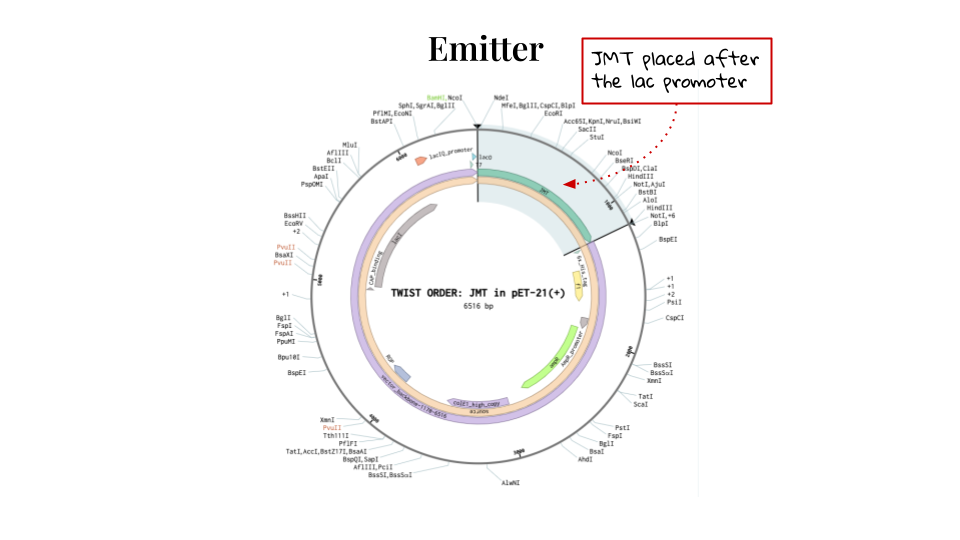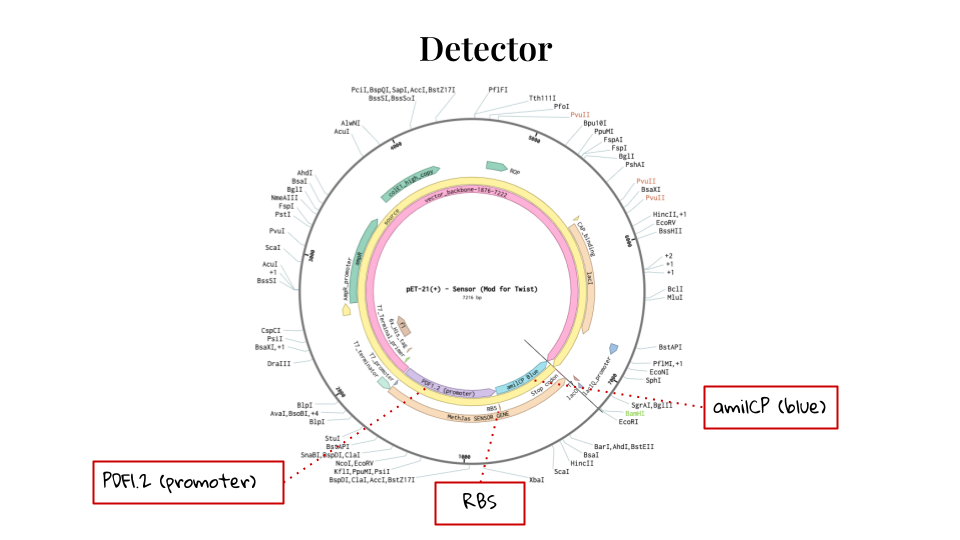HTGAA Final Project
MAS.63 How to Grow Almost Anything 2021 (Class Site)
Motive & Background
The 2015 Paris Climate Agreement aimed to limit the rise in average global temperatures to “well below” 2°C, targeting 1.5°C as the desired goal. For perspective, at a rise in 1.5°C , the degradation of coral reefs will worsen by 70 - 90%, 14% of the global population will be exposed to severe heat at least once every five years, and 8% of plant species, 4% of vertebrates, and 6% of insects lose at least half their range. An increase in 2°C means unimaginable and potentially catastrophic consequences that far exceed the aforementioned dangers.
More than ever, recent events are making it clear that many of today’s pressing global challenges (COVID-19, racial violence, unprecedented wildfires, record high/low temperatures) are intimately related. The Climate Crisis will bring increasingly volatile weather patterns, mass migration, uninhabitable geographic zones, exacerbated socioeconomic inequalities, and the rapid deterioration of biodiversity around the world. Despite this, many countries continue to follow pre-existing patterns of rapid development, consumption, and waste in the absence of systemic interventions and alternative technologies.
The IPCC’s 2018 report stated that in order to prevent a global temperature increase of over 1.5°C, nations around the world needed to reduce their emissions by about 45% from 2010 levels by 2030. At the time at which this prediction was issued, we had 12 years of buffer left. Now we’re down to nine. And still, nations around the world continue to fall behind set goals and agreements. Though it is widely acknowledged that the climate crisis will take innovation and effort from every sector and discipline to tackle, we have yet to see countries take drastic action to address these concerns.
At the individual level, a study in April 2020 showed that “fewer than half of Americans perceive a social norm in which their friends and family expect them to take action on global warming.” And although 54% of Americans state that they are very sure global warming is happening, 64% also stated that they “‘rarely’ or ‘never’ discuss global warming with family and friends.” This, when individual behaviors are the source of collective change.
But, should we be surprised? Probably not.
A paper published in December 2019 found that “empathy and compassion toward other species decrease [sic] with evolutionary divergence time.” Which is to say, that humans are statistically less likely to relate to organisms that are farther from the animal kingdom, like vertebrates, plants, and plankton. This is problematic, because part of such empathy involves comprehending qualia that make up the experience of being such organisms, which exist on timescales that are far greater or shorter than our own. Our inability to understand what it means to exist in a fundamentally different form, operating with a fundamentally different sense of time, is connected to our inability to feel the urgency of climate change, which operates at a glacial pace more reflective of the pace at which a tree may pass its lifetime.
Strategy
One way to address this apathy and lack of climate engagement from individuals is to strengthen our understanding of other ways of being and foster interspecies relationships. This project centers around plants specifically, because geothermal changes reflect their pace of life. But more than that, bringing humans closer to plants may also open us up to different ways of working with them, to tap into their natural abilities to sequester carbon, interpret sensory information far beyond human comprehension, and other such unique properties.
To do this, I propose a series of experiments which aim to cultivate interspecies empathy by highlighting plant-plant and plant-human relationships. Specifically, by giving humans the ability to participate in airborne plant communication channels.
Botanists understand that plants can communicate “wirelessly” and through “wires.” Specifically, plants may transfer airborne chemical compounds to their peers, or send chemical messages via physical attachments (stolen, rhizome) or underground mycorrhiza. Allowing humans to use their five senses to perceive this exchange of information (visually, haptically, etc) may help them better understand the unique intelligence of plants. Better yet, allowing people to participate in these “conversations” may help us learn more about the world around us, but also lead to new ways of relating to plants.
There are hundreds of different chemicals involved in plant-plant communication, however. So, this project focuses on a single one to start. The focus here is Methyl Jasmonate (JMT), a compound known to be associated with distress and pain. (E.g., Plants being attacked by herbivores might release JMT.)
Proposed Plan
This particular project is broken up into a couple steps:
- Design and test a basic VOC detector-emitter circuit based on the plant defensin, Methyl Jasmonate, with e.coli as the chassi. We should be able to induce and confirm the release of JMT. Experiment with various forms of detection (e.g. color, fluorescence) and categorize by speed (ETA to visible change) and possible impact on human sentiment.
- Introduce detector plasmid into actual plants (in controlled environment) and confirm that detector-emitter interaction loop still works. Protoplasts may be leveraged as an initial step. We should be able to see or otherwise detect that a plant has emitted JMT, and vice versa.
- Design an encasing / physical form factor for the Methyl Jasmonate emitter (e.g. wearable) to enable easy human interaction. Perform user tests on initial human-plant interaction.
- Experiment with different combinations of VOCs (simply being able to emit a stress-inducing VOC isn’t great for the plant’s health). We might replace the Methyl Jasmonate emitter with a safety-signaling VOC instead.
A Basic JMT Detector-Emitter Circuit



Next Steps
This presentation only covers the beginnings of step 1. Ideally, we would proceed by purchasing the plasmids and confirming the viability of the circuit in a controlled environment with petri dishes before moving on to step 2.